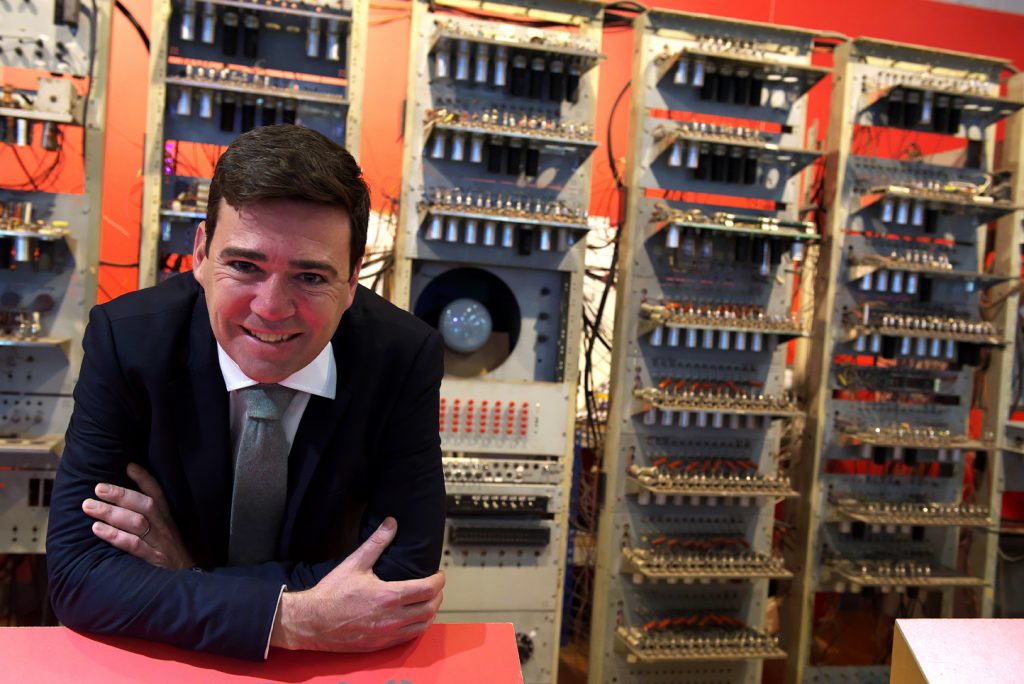The museum is housed in buildings ground-breaking for their time – the world’s first passenger railway station, the world’s first railway warehouse. Star exhibits include Arkwright’s water frame, which revolutionised cotton manufacturing and ‘Baby’, the world’s first stored programme computer. But the museum has always looked forwards as well as back: its founders set out to inspire ‘youngsters with natural aptitudes for technology or science’ and to ‘keep skills and know how alive’. Today, as part of the Science Museum Group, our mission is still to inspire futures, and to engage our audiences in the science that shapes our lives.
So we’ve been eager to see the Greater Manchester Local Industrial Strategy, and to understand how the museum can play a central role in the city’s future life and prosperity. It’s great to see that the strategy begins by referencing Manchester’s pioneering and progressive spirit and points to the museum’s site and collections as touchstones. Innovation and entrepreneurship are concepts with real resonance in Manchester and in our narrative, and they appear throughout.
Key to the strategy is a commitment to ensuring that growth benefits everyone – helping communities to thrive and prosper and individuals to realise their potential.

The Science and Industry Museum is determined to play a major part in this, with a focus of course on science, technology, engineering and maths (STEM). Last year we welcomed over 86,000 visitors in education groups – an increase of 33% in the last five years. We work with STEM Learning to connect over 1,500 volunteer STEM ambassadors to support teachers in schools across Manchester. And earlier this year we launched the Science Museum Group Academy, to provide inspiring and impactful training for teachers to help them boost science engagement and learning outside the classroom. That’s on top of our year-round programme of events and hands-on family activities.
As the strategy points out, too many of Manchester’s young people are unaware of the career opportunities provided by new technologies and by the growth sectors in our region: health innovation, advanced materials and manufacturing, digital, creative and media, and clean growth. We’re planning exhibitions and event programmes in all of these areas and the strategy provides a great opportunity for future partnerships.
We think we’ve got a lot to offer. Working with young people, their families and teachers the museum has a real opportunity not only to showcase the innovation taking place on our doorstep, but also to encourage discussion and debate on topical issues such as the uses of plastic, or ethics in AI. Working with colleges, universities and businesses we can highlight some of the job opportunities on the horizon, and the education and skills pathways leading to them.
Partnership is key to the success of this strategy. Though there is plenty the museum can do, no one organisation can effect change on its own. This is a city with tremendous assets, energy and confidence, with a proud past and an exciting future. But we need to work together to make sure everyone in Manchester sees the benefit.